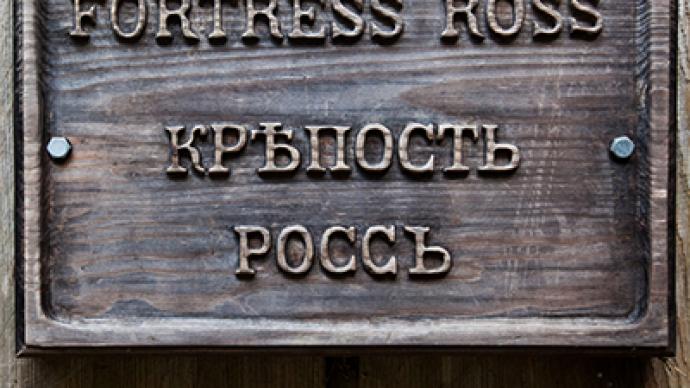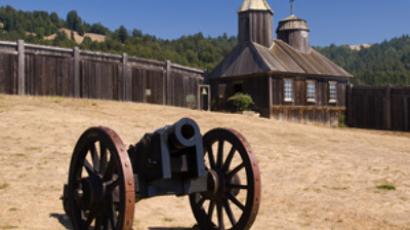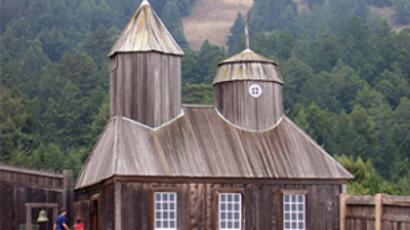Bicentennial of Russians in California

From frontier outpost in the wilderness on the Pacific coast of early 19th century to the symbol of Russian-American joint history and friendship: first Russian settlement in California, Fort Ross, celebrates its 200th anniversary.
Built with sequoia trunks, Fort Ross was founded in spring 1812 by 25 Russian and 90 Aleut colonists, headed by Lieutenant of the Russian-American Company Ivan Kuskov, who dedicated 30 years of his life to the settlement. The wooden fortress was situated on a mountain coast of the Pacific some 80km to the north of modern San Francisco. The settlement served as the southernmost outpost of the Russian-American Company, which used to deal in furs, and a gateway to the North American continent for Russian colonists.
It was at Fort Ross where the first windmills, orchards and vineyards appeared in California.The fort was once armed with 12 cannons that once helped to expel Napoleon’s troops from Russia during the Patriotic War of 1812-1813.In 1836 the Fort had population of 260 people, busy farming, fur seal hunting and iron smelting. The iron and food products were traded in the San Francisco area.In 1841, the Russian-American Company sold the property to large landowner John Satter.In 1903, Fort Ross was bought by the California Landmarks League. Though the historic site suffered from earthquakes and a fire, the museum there was opened to the public in the 1970s. It is dedicated to the period of Russian colonization of the region, life and traditions of the colonists.
As of now the Fort Ross territory and the preserved residence of the last Russian commandant, Rotchev House, are a National Historic Landmark of the State of California. “The creation of the first Russian settlements on the coast of Northern California not only opened a direct route for development of the vast territories… But what is more important – it brought closer the peoples of the two continents, helped them to establish friendly, fruitful contacts,” says the Russian president’s greeting telegram to the event.Vladimir Putin called Fort Ross “a milestone in our common history” and thanked everyone who helped to preserve Fort Ross, which certainly includes Hollywood actor and former California Governor Arnold Schwarzenegger. In 2010, when the financial crisis was raging on, Governor Schwarzenegger ensured the financing of the Fort Ross historic landmark, helping the historic heritage site to continue its work.














